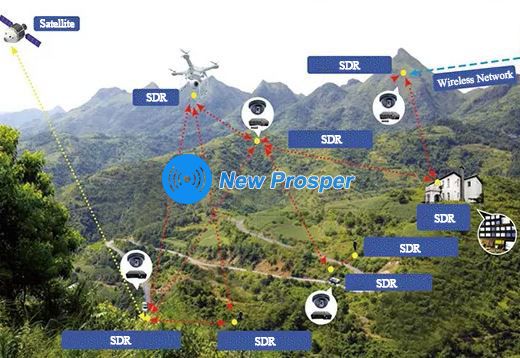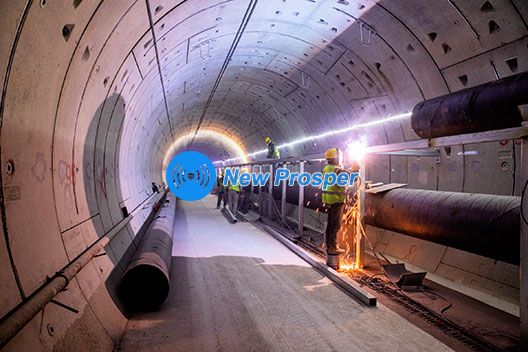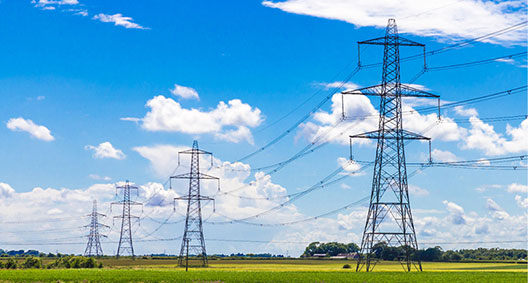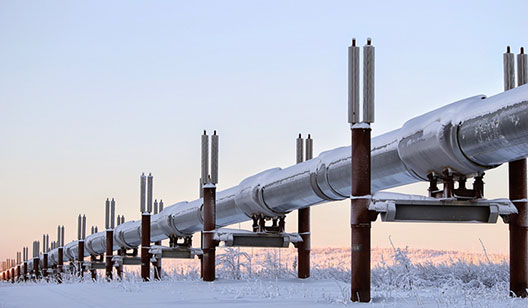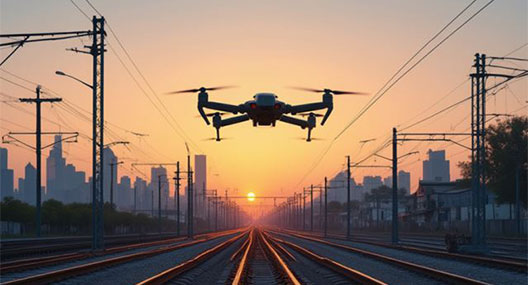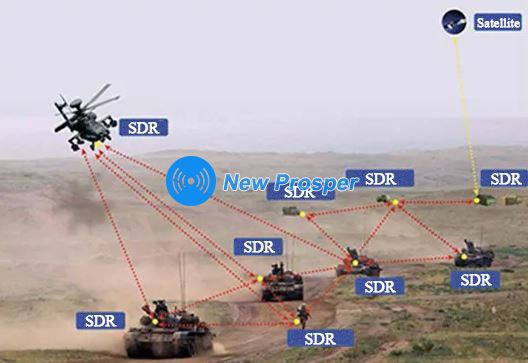In response to the mountainous terrain and vegetation coverage of forested areas, SDRs are deployed at commanding heights or relatively elevated points. Co-location with public network base stations may also be considered, facilitating both installation and power supply while enabling interoperability with public networks. The equipment requires no personnel for operation. Through SDR interconnection and multi-hop relay, the system transforms the challenge of wireless signal obstruction by mountains into an advantage by utilizing elevated points for relay transmission. This extends communication range, expands coverage, reduces monitoring blind spots, and lowers construction costs. Consequently, fire hazard data and image information collected by each SDR can be transmitted in real-time, 24/7, to the forest management command center or satellite communication command vehicle. Additionally, transmission via 3G/4G public networks to remote command centers enables timely viewing and scientific analysis by commanders.
Vehicle-mounted SDRs installed on satellite communication command vehicles and patrol vehicles facilitate flexible networking with SDRs at high points and patrol personnel, supporting both static and mobile communication. They serve as frontline command centers capable of quickly entering forested areas for information collection, patrol monitoring, and command dispatch, while providing wireless network support to nearby patrol personnel. Moreover, they can interconnect with satellite communication systems to relay on-site information from the front line to the rear monitoring and command center, enabling timely prediction, response, and control of fire hazards.
Handheld SDRs or manpack SDRs are compact, lightweight, and feature long battery life, making them ideal for patrol personnel to carry on foot. Particularly in areas where SDRs at high points cannot provide effective coverage or vehicle-mounted SDRs cannot reach, these devices enable personnel to penetrate deep into the forest for frontline tasks. They facilitate real-time voice communication with commanders in vehicles and other patrol personnel for efficient local coordination, while also transmitting collected fire scene video and images from within the forest as promptly as possible, providing commanders at all levels with comprehensive and clear on-site visuals.
By equipping drones with image capture and drone-mounted SDRs, the system gains mobility, efficiency, and rapid deployment capabilities. This further expands wireless coverage, reduces blind spots, and improves video transmission quality. The integration of aerial mobile monitoring with ground-based fixed monitoring creates a combined"multi-dimensional" surveillance network. This effectively enlarges the visual range of monitored areas, reduces blind spots, and enhances fire detection, prediction, and real-time monitoring.
